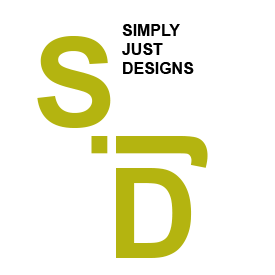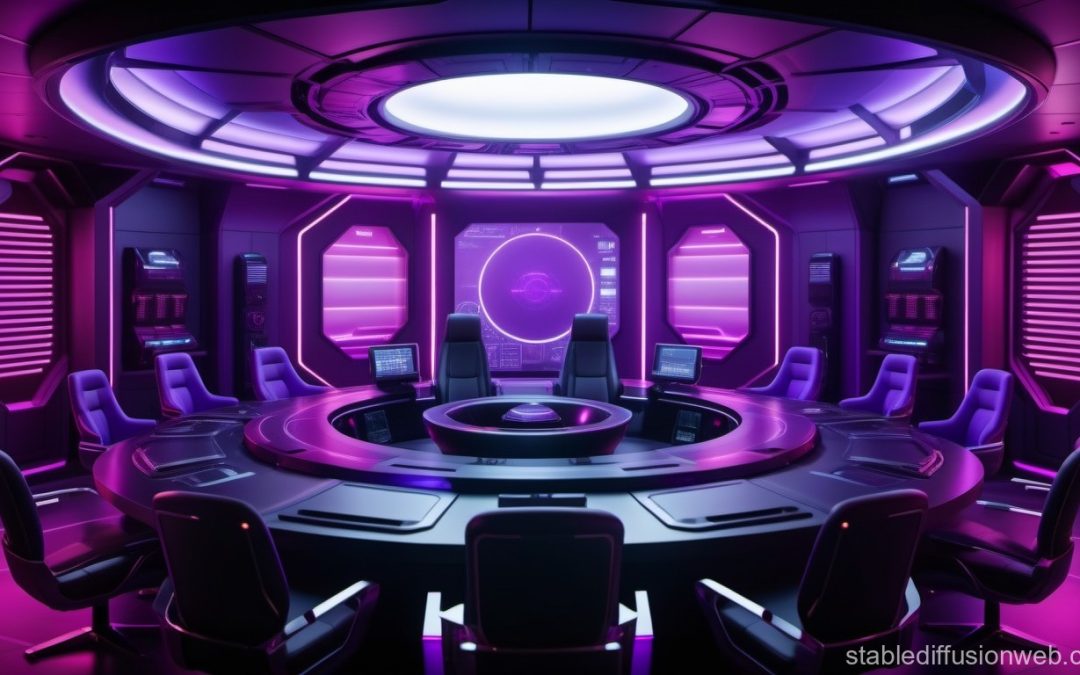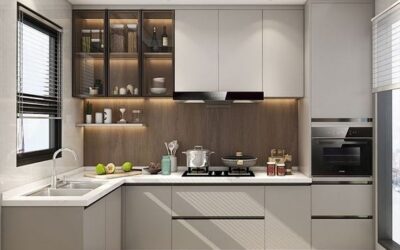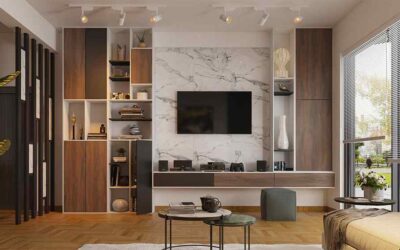Holographic elements in interior design refer to design features or materials that incorporate holography, a technique that produces three-dimensional images through the interference of light beams. In the context of interior design, holographic elements typically involve surfaces or objects that reflect, refract, or diffract light in a way that creates a visually dynamic and multidimensional effect.
These elements may include materials with holographic or iridescent properties, such as films, wallpapers, textiles, or furniture, which produce a play of colors and patterns as light interacts with them. Holographic elements are often used to add a futuristic, otherworldly, or avant-garde aesthetic to interior spaces, contributing to a sense of innovation and modernity.
-
Here are some ways holographic elements can be integrated into interior design:
- Holographic Wallpapers or Wall Murals:
- Use holographic wallpapers or wall murals to create an otherworldly effect on an accent wall. These wallpapers can reflect and refract light in unique ways, adding depth and visual interest to the space.
- Holographic Furniture:
- Incorporate holographic materials into furniture design. Tables, chairs, and other pieces made from holographic or iridescent materials can create a futuristic and dynamic look.
- Holographic Lighting:
- Install holographic or iridescent lighting fixtures to cast unique patterns and colors around the room. Pendant lights, chandeliers, or even holographic lampshades can be visually striking.
- Holographic Textiles:
- Integrate holographic fabrics or textiles into upholstery, curtains, and throw pillows. These elements can catch and reflect light, creating a constantly changing visual experience.
- Holographic Tiles or Flooring:
- Use holographic tiles for backsplashes, bathroom walls, or flooring. These tiles can add a modern and dynamic feel to the space, especially in areas where there is ample natural or artificial light.
- Holographic Decor Items:
- Incorporate smaller holographic decor items, such as vases, sculptures, or decorative objects, to introduce subtle holographic elements without overwhelming the space.
- Holographic Room Dividers:
- Create visual separation in a space by using holographic or iridescent room dividers. These dividers can be both functional and aesthetically pleasing.
- Holographic Window Films:
- Apply holographic window films to windows or glass doors to manipulate the incoming light and create a dazzling play of colors within the space.
- Custom Holographic Art Installations:
- Commission or create custom holographic art installations for a unique and personalized touch. These installations can serve as focal points within the room.
- Interactive Holographic Displays:
- Explore incorporating interactive holographic displays or projections. These could serve both decorative and functional purposes, providing information or entertainment in an innovative way.
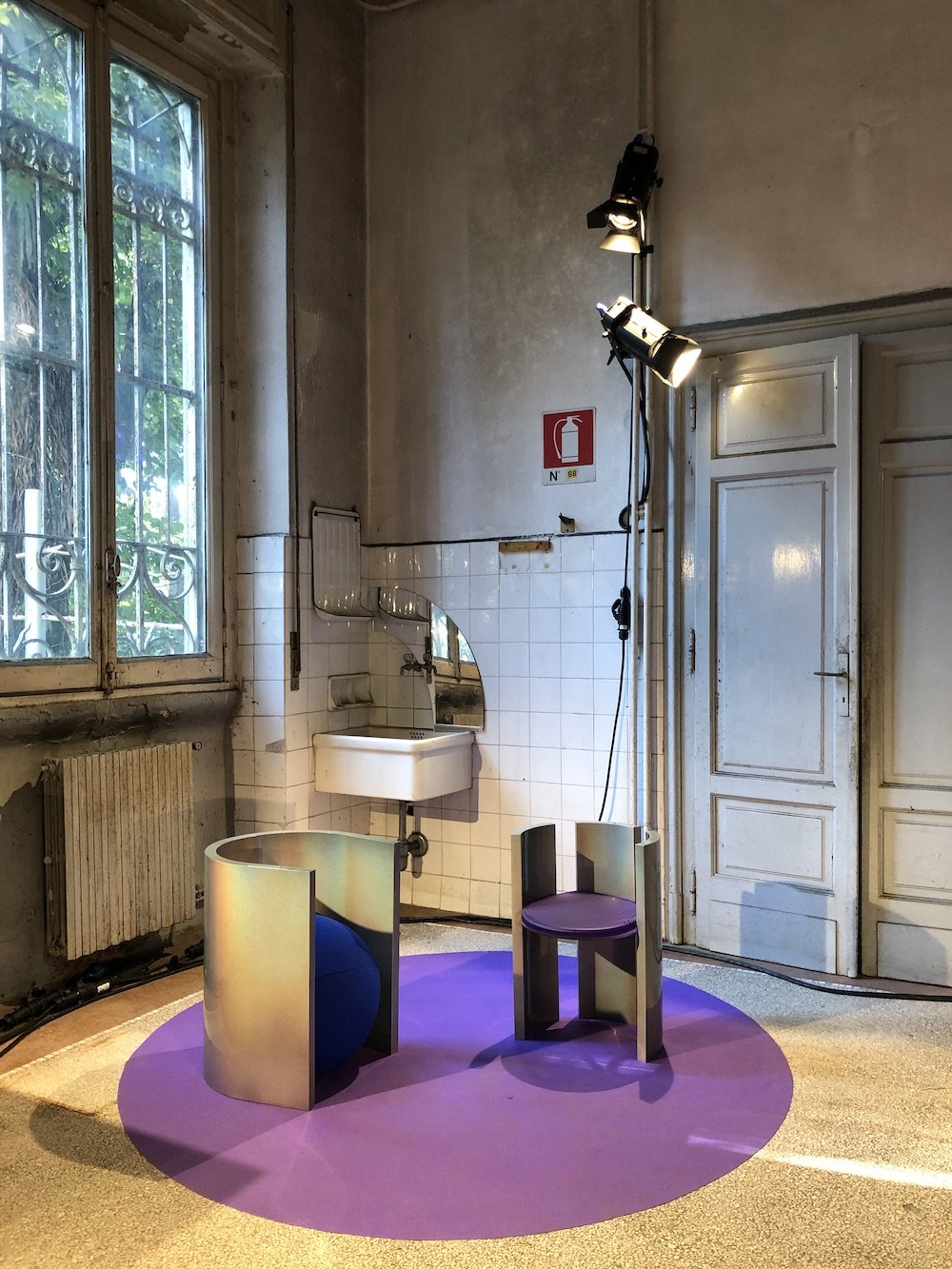
-
Here are some common uses of holographic elements in interior design:
- Visual Interest and Aesthetics:
- Holographic elements add a visually captivating and futuristic dimension to interior spaces, making them more interesting and unique. The dynamic play of colors and patterns creates an eye-catching focal point.
- Modern and Futuristic Design:
- The use of holographic elements aligns with modern and futuristic design trends. It helps create a cutting-edge and innovative ambiance, especially in spaces that aim to embrace a contemporary aesthetic.
- Ambiance Enhancement:
- Holographic materials contribute to enhancing the overall ambiance of a space. The reflective and iridescent qualities can create a sense of luxury and sophistication, transforming the feel of the environment.
- Space Enlargement:
- The reflective nature of holographic elements can give the illusion of a larger space by bouncing light around the room. This can be particularly useful in smaller or more confined areas.
- Focal Points and Accents:
- Holographic elements can be strategically placed to serve as focal points or accents within a room. Whether it’s a holographic wall, piece of furniture, or decor item, these elements draw attention and create a sense of drama.
- Dynamic Lighting Effects:
- Holographic lighting fixtures or materials can produce dynamic lighting effects, casting unique patterns and colors across surfaces. This adds an extra layer of interest, especially when combined with natural or artificial light sources.
- Brand Identity and Commercial Spaces:
- In commercial spaces, holographic elements can be used to reinforce brand identity and create a memorable and immersive experience for customers. Retail stores, showrooms, and exhibition spaces often leverage holographic design to stand out.
- Innovative Material Use:
- Integrating holographic materials into furniture, textiles, or architectural elements showcases an innovative use of materials. This demonstrates a forward-thinking approach to design and can be particularly appealing in contemporary interiors.

-
Here are some benefits of using holographic elements in interior design:
- Modern Aesthetics:
- Holographic elements bring a modern and futuristic aesthetic to interior spaces, contributing to a cutting-edge design that aligns with contemporary trends.
- Visual Interest and Focal Points:
- Holographic materials create visually interesting focal points within a room, capturing attention and adding a layer of intrigue to the overall design.
- Dynamic and Ever-Changing Appearance:
- The reflective and refractive nature of holographic elements means that they can change appearance based on the angle of light and viewing. This dynamic quality adds a sense of movement and liveliness to the space.
4. Illusion of Space:
Holographic materials can create the illusion of more space by reflecting light and making the room appear larger and more open. This is particularly useful in smaller or confined spaces.
5. Enhanced Lighting Effects:
Holographic elements interact with light in unique ways, producing captivating lighting effects. This can be especially impactful when combined with natural or artificial light sources, creating a play of colors and patterns.
6. Customization and Personalization:
Holographic elements can be customized to suit the preferences and personality of the occupants. Custom holographic art installations or furniture pieces allow for a high degree of personalization in interior design.
7. Brand Identity in Commercial Spaces:
In commercial spaces, especially those associated with cutting-edge industries or technology, holographic elements can reinforce brand identity and create a memorable and distinctive atmosphere for customers.
8. Innovative Use of Materials:
Incorporating holographic materials demonstrates an innovative and forward-thinking approach to design. This use of advanced materials can set a space apart and create a sense of sophistication.
9. Versatility in Design Applications:
Holographic elements can be applied in various design applications, including wallpapers, textiles, furniture, lighting, and architectural features. This versatility allows designers to experiment with different ways of integrating holography into a space.
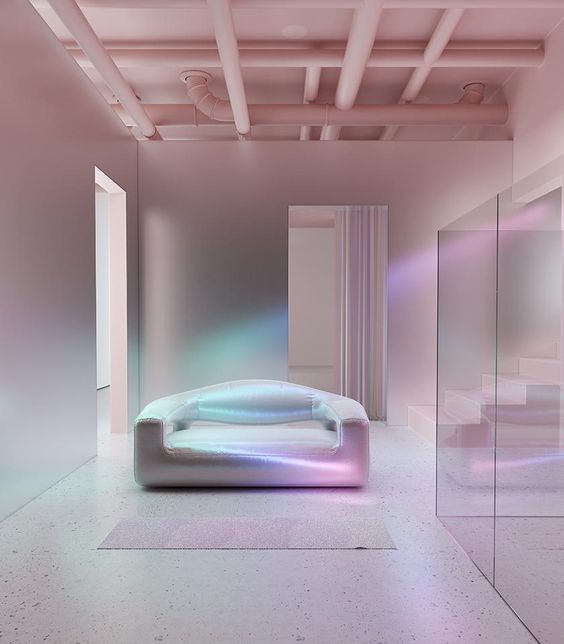
Conclusion
When using holographic elements in interior design, it’s essential to strike a balance and not overuse them, as they can be visually intense. Experimenting with lighting conditions and considering how natural and artificial light interacts with holographic surfaces is also crucial for achieving the desired effect.
Get Free Design

About Author apurva nagure
You May Also Like…
The Ultimate Guide to Small Modular Kitchen Designs in 2024
A brief overview of Small Modular Kitchen DesignThe space...
Top 10 TV Unit Designs to Enhance Your Home Interiors
Television unit designs have changed in response to changing...
